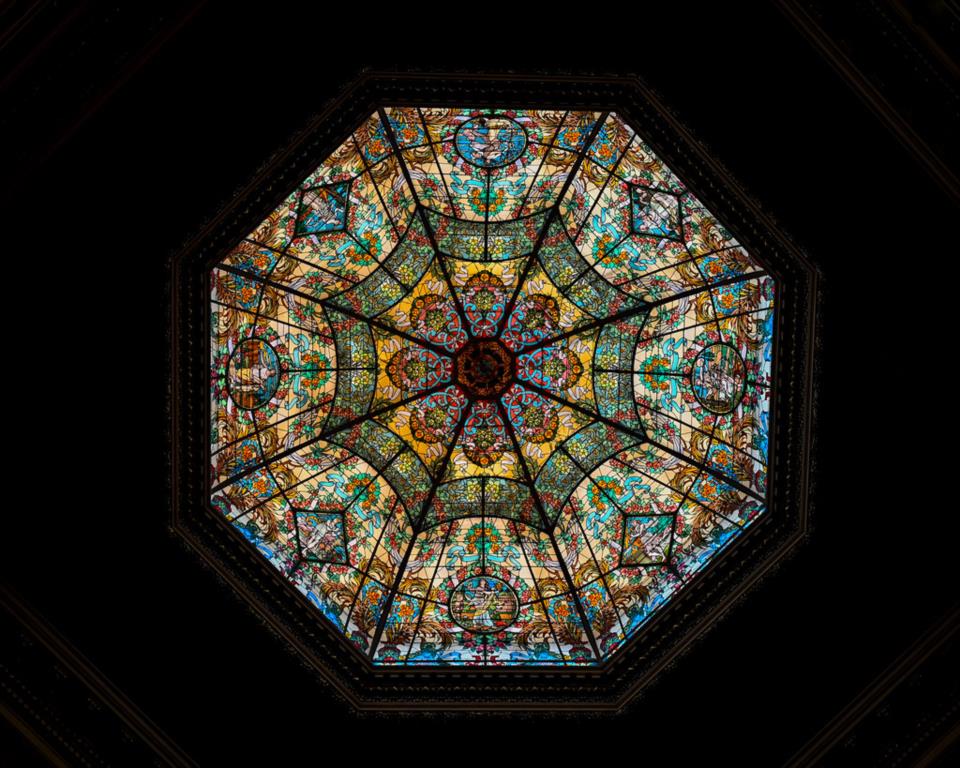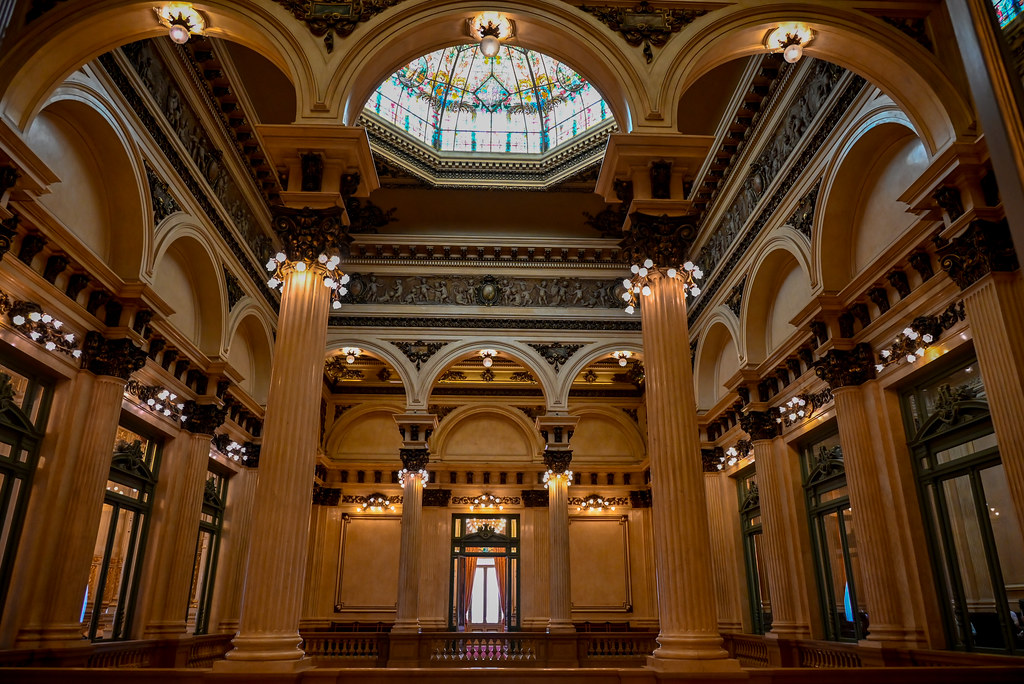There are emblematic spots in the city of Buenos Aires, places that one must almost obligatorily visit if the goal is to thoroughly understand the country's culture. The list of such places can be diverse, for example: the Museum of Decorative Arts, the Barolo Palace, the Casa Rosada, and the Cabildo. Like any major city, the Argentine capital offers all these places close to each other, making visiting them extremely easy.
There is one place in particular that stands out above the rest: the Teatro Colón. This venue reflects the country's idiosyncrasy, making a visit there a cultural journey into the past. For this reason, in the following article, we will tell you the history of the great Argentine theater, its characteristics, and more.
History
The idea emerged in the second half of the 19th century, in a context of growth and modernization of the city. Inaugurated in 1857, the first Teatro Colón was located in front of the Plaza de Mayo, but soon that location became small and obsolete.
In 1888, the construction of a larger theater began on a plot of land bounded by Cerrito, Viamonte, Tucumán, and Libertad streets. The Italian architect Francesco Tamburini was in charge of the initial project. After the architect's death in 1891, his disciple Víctor Meano continued the work. Later, the Belgian Jules Dormal joined the project and made significant contributions.
On May 25, 1908, the new Teatro Colón was inaugurated with a performance of Giuseppe Verdi's opera "Aida." Since its opening, the theater has hosted numerous opera, ballet, and symphonic concert performances and has welcomed some of the world's greatest artists.

Architecture and Characteristics
The building is a jewel of architecture and engineering, with an eclectic style that combines Renaissance, Baroque, and Classical elements. The main hall is horseshoe-shaped, contributing to its exceptional acoustics, considered one of the best in the world. The theater has a capacity for around 2,500 spectators and features an orchestra pit that can accommodate more than 100 musicians. Additionally, it has a dome decorated by the Argentine painter Raúl Soldi, which is one of its most distinctive features.
Over the years, the Teatro Colón has undergone several renovations and restorations to maintain its splendor. One of the most significant took place between 2006 and 2010 when the theater was closed for a complete renovation that included the modernization of its technical facilities and the restoration of its architectural and decorative elements.
Practical Information
Although some people prefer to improvise their trips, many others want everything organized in advance. For those people, we provide a list of tips below to help them get to know this iconic place.
Schedules and Tickets: Guided tours are usually available every day, with several schedules throughout the day. It is advisable to book tickets in advance, especially during the high season or on special dates.
Languages: Guided tours are offered in several languages, including Spanish and English, to cater to tourists from different parts of the world.
Accessibility: The Teatro Colón has facilities for people with reduced mobility, ensuring that all visitors can enjoy the experience.
Excursions: Tangol offers a unique walking tour where you can not only tour the city but also choose the Teatro Colón as a point of interest. By taking this route, tourists can enjoy a guided tour of the venue, including the Main Hall, the Main Foyer, the Gallery of Busts, and the Golden Hall.

The Teatro Colón remains a premier cultural center today, offering a varied program of opera, ballet, and concerts, and continues to attract artists and audiences from all over the world.